A Fireside 1912
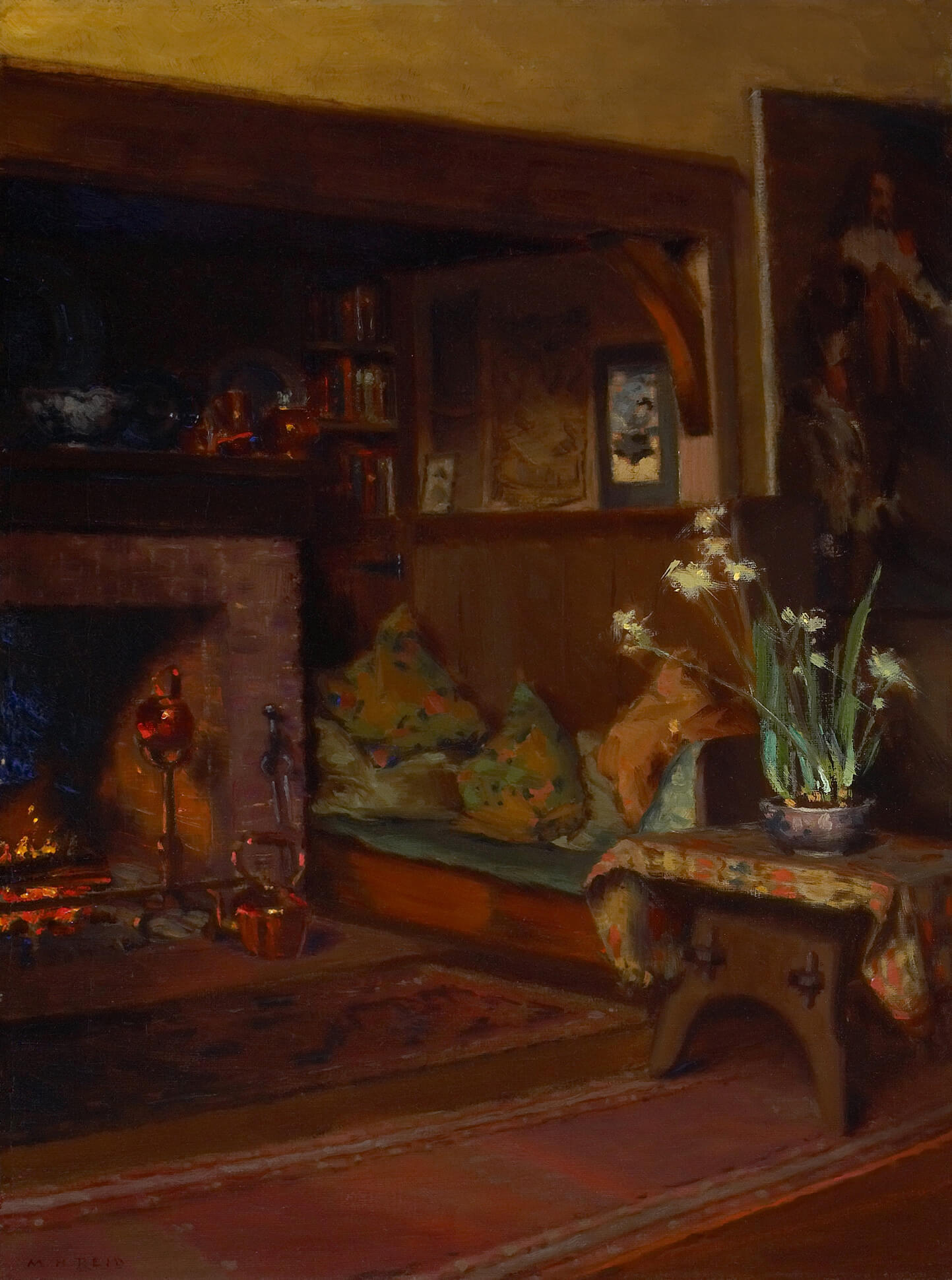
Mary Hiester Reid, A Fireside, 1912
Oil on canvas, 61.2 x 46 cm
Art Gallery of Ontario, Toronto
This painting portrays Hiester Reid’s studio in her home, Upland Cottage, in Wychwood Park, Toronto. When George Agnew Reid (1860–1947) designed the house, he made room for two studios, the second one larger, near the one pictured here.1 Hiester Reid captures her own deliberately styled interior replete with artfully arranged objects, flowers, and framed prints, located within a fire-lit, warmly toned space.
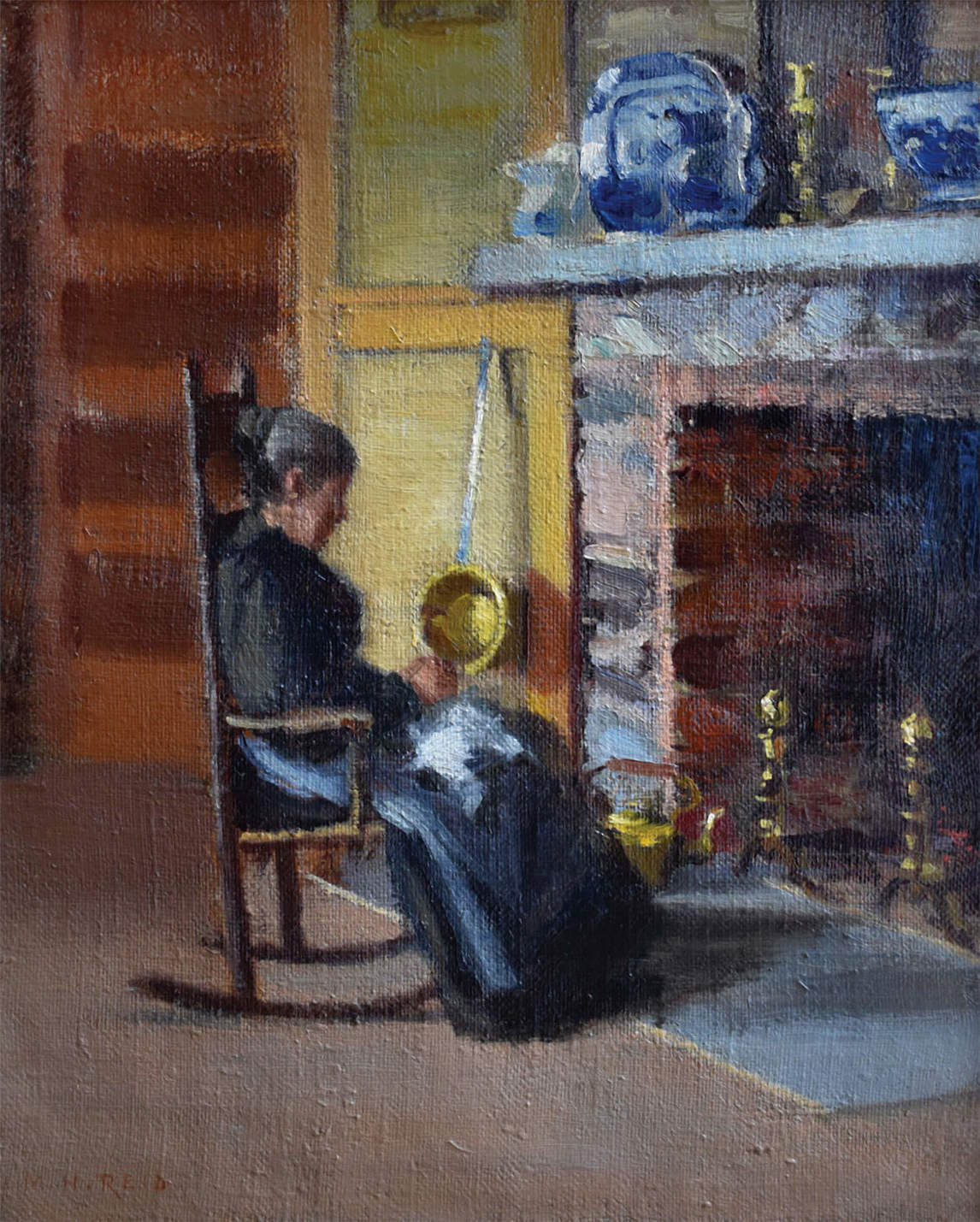
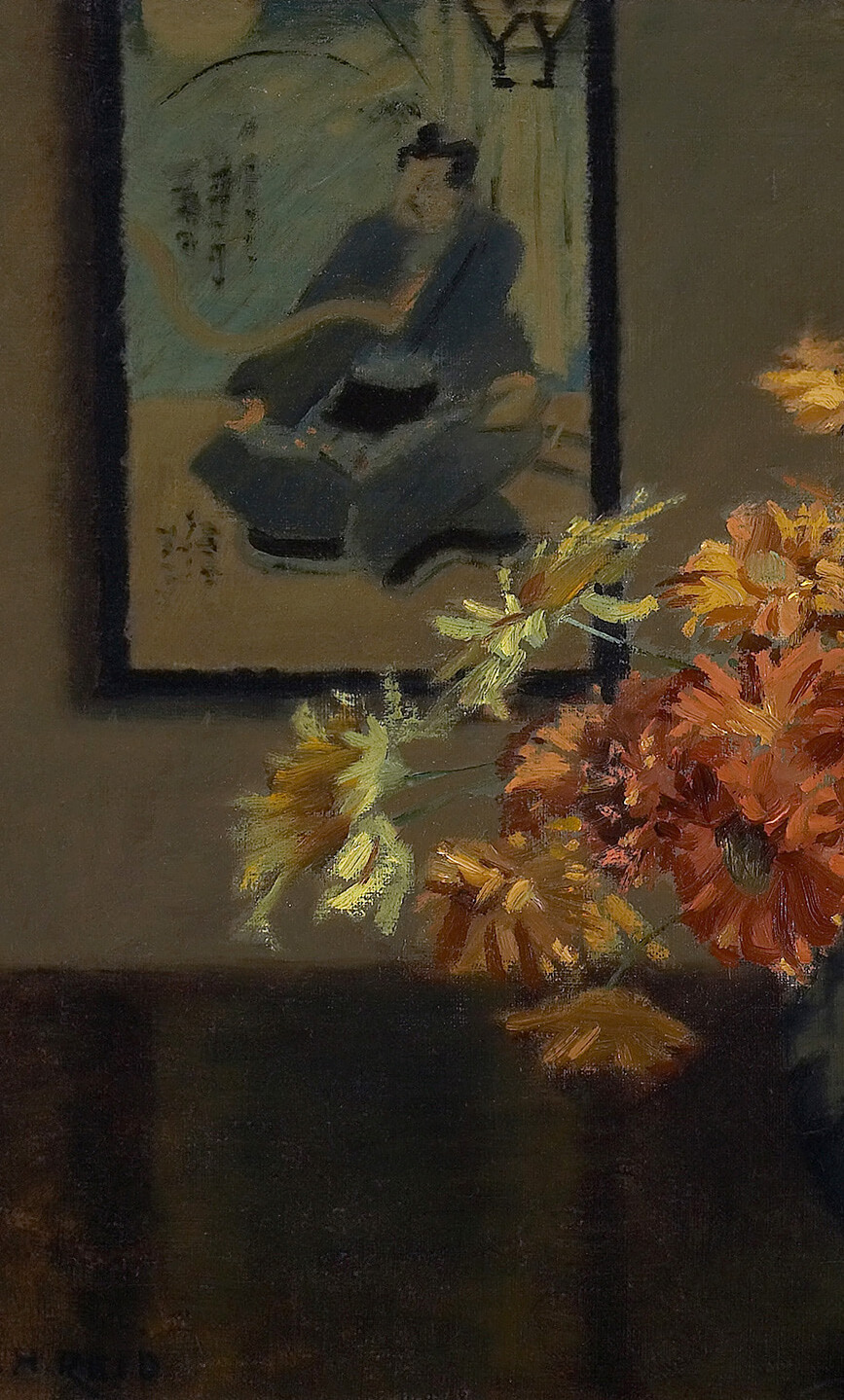
This work, like the earlier piece Chrysanthemums: A Japanese Arrangement, c.1895, speaks particularly to Hiester Reid’s Aesthetic tastes. Inspired by the art critic John Ruskin (1819–1900), proponents of the Aesthetic movement, such as John Abbott McNeill Whistler (1834–1903), promoted the concept “art for art’s sake,” championing the pursuit of beauty and self-expression in all facets of life.2 Hiester Reid’s commitment to these pursuits is signalled by the strategically placed objects, such as the framed prints or paintings located on the wall adjacent to the fireplace, and flowers bearing a striking resemblance to Japanese orchids.
While George Reid designed the house complete with two studio spaces, Hiester Reid here captures in painted form the couple’s collaborative dedication to the Arts and Crafts movement. In the 1850s artists such as William Morris (1834–1896) and Edward Burne-Jones (1833–1898) called for the elimination of the ideological divisions separating the fine arts and applied, decorative arts (or crafts), such as furniture design and production, as well as graphic design. Achieving this, Arts and Crafts reformers believed, would improve people’s quality of life and their aesthetic taste.3 In 1902 Hiester Reid and her husband helped establish in Toronto the Arts and Crafts Society in Canada, and they applied the society’s principles in the design and arrangement of their home.
In A Fireside, Hiester Reid shows how the decorative and fine arts were incorporated into the home. The architectural details, such as the exposed beams and the inglenook (the recessed sitting area next to the fireplace covered by plush colourful pillows), frame and enclose the decor, the floral arrangement off to the right side, as well as artworks—some framed and others not—hanging atop the wood panelling in the inglenook and off to the far right.
In 1911 Hiester Reid was photographed in this same studio space by William James for the Toronto Sunday World. In the photograph, Hiester Reid sits holding a palette and brushes, signalling her identity as a professional artist. In April of that year the image appeared as one of eleven artists’ portraits in a full-page feature article entitled “In the Studios of Toronto’s Best Known Artists.” Both the photograph and Hiester Reid’s painting produced approximately one year later depict objects and artworks that she had collected, such as brass and copper wares, an array of ceramics, and a print by Japanese artist Utagawa Kunisada (1786–1865). Also featured was George Reid’s painted copy of Diego Velázquez’s Portrait of a Dwarf with a Dog, c.1645.4 Velázquez was a seventeenth-century Baroque Spanish court painter that both Hiester Reid and her husband admired. Ultimately, Hiester Reid unites high and applied art, as in her private life, and she puts it here on public display.

 About the Author
About the Author
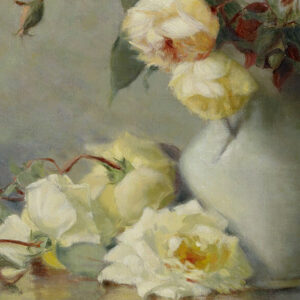 More Online Art Books
More Online Art Books
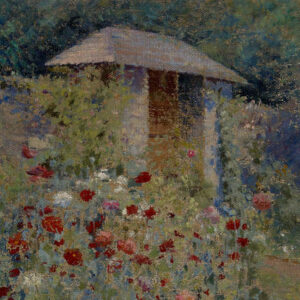 Acknowledgements
Acknowledgements